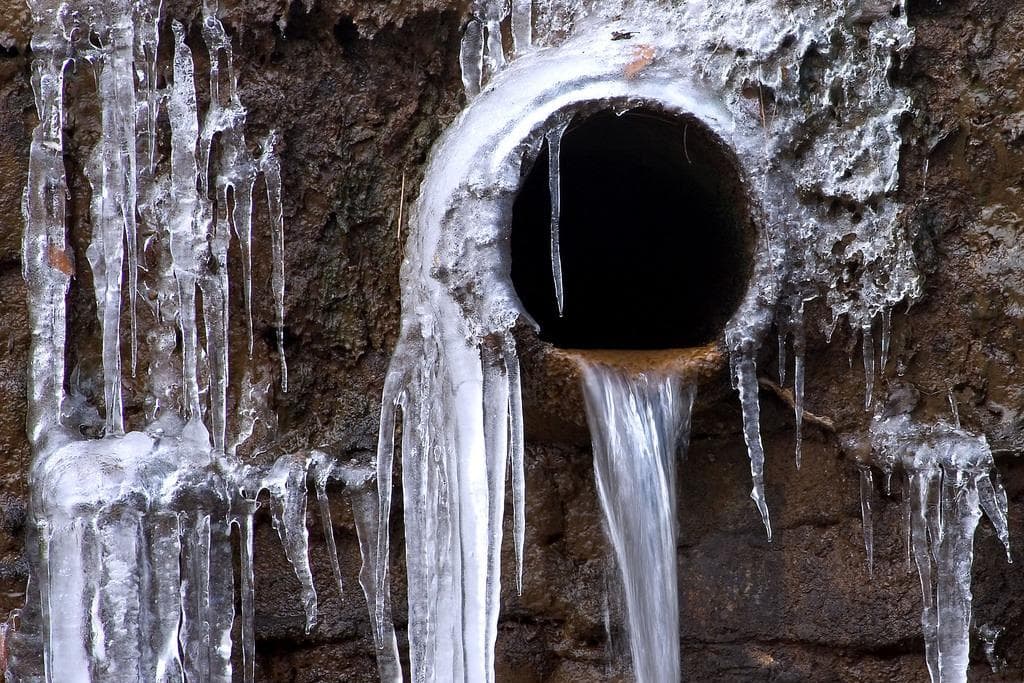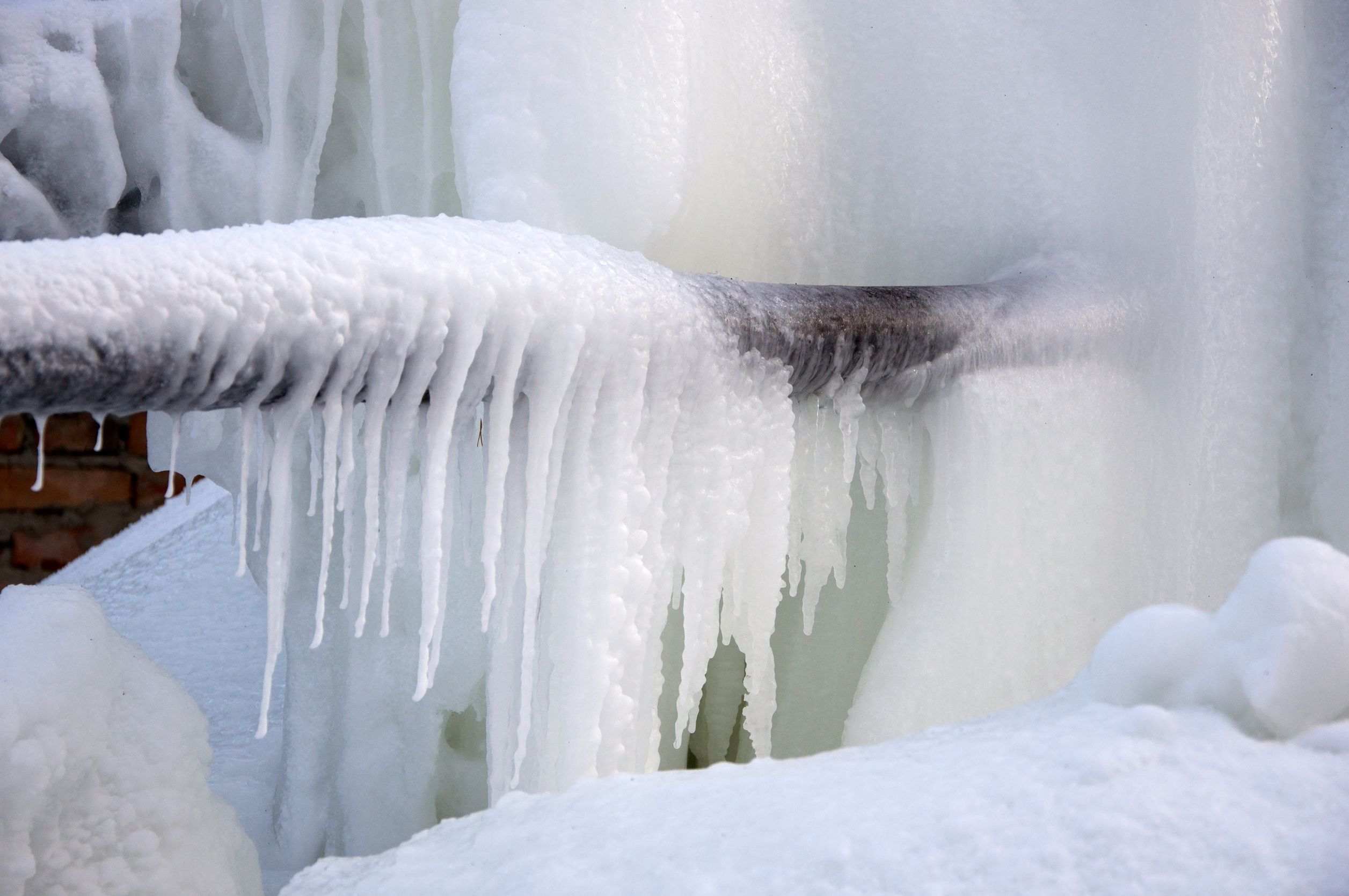Preventing Frozen Plumbing in Winter: Expert Tips
Preventing Frozen Plumbing in Winter: Expert Tips
Blog Article
Each person is bound to have their own idea on the subject of 6 Ways to Prevent Frozen Pipes.

Cold weather can ruin your pipes, specifically by freezing pipelines. Below's how to avoid it from taking place and what to do if it does.
Intro
As temperatures decrease, the threat of icy pipelines increases, possibly causing expensive fixings and water damages. Comprehending exactly how to prevent icy pipelines is important for home owners in cool climates.
Comprehending Icy Pipelines
What causes pipes to freeze?
Pipes ice up when revealed to temperature levels below 32 ° F (0 ° C) for extended durations. As water inside the pipes ices up, it broadens, taxing the pipe walls and potentially creating them to burst.
Dangers and damages
Icy pipes can result in water supply disturbances, residential or commercial property damage, and expensive repair services. Burst pipes can flooding homes and trigger substantial architectural damage.
Signs of Frozen Pipes
Identifying frozen pipelines early can stop them from breaking.
Exactly how to determine frozen pipelines
Try to find reduced water circulation from faucets, uncommon odors or sounds from pipelines, and visible frost on subjected pipes.
Avoidance Tips
Shielding at risk pipes
Wrap pipelines in insulation sleeves or utilize warm tape to secure them from freezing temperature levels. Concentrate on pipes in unheated or outside areas of the home.
Heating techniques
Maintain indoor rooms appropriately heated up, specifically areas with plumbing. Open cupboard doors to allow warm air to distribute around pipelines under sinks.
Shielding Exterior Pipes
Yard pipes and outdoor faucets
Disconnect and drain pipes yard pipes prior to wintertime. Set up frost-proof spigots or cover outdoor taps with protected caps.
What to Do If Your Pipes Freeze
Immediate activities to take
If you presume frozen pipelines, keep taps available to alleviate stress as the ice melts. Make use of a hairdryer or towels soaked in warm water to thaw pipes slowly.
Long-Term Solutions
Architectural adjustments
Think about rerouting pipes far from outside walls or unheated areas. Include extra insulation to attic rooms, cellars, and crawl spaces.
Upgrading insulation
Invest in high-quality insulation for pipes, attic rooms, and wall surfaces. Proper insulation assists keep constant temperatures and lowers the danger of icy pipelines.
Final thought
Avoiding frozen pipelines requires aggressive actions and quick reactions. By comprehending the causes, indicators, and safety nets, house owners can secure their plumbing during winter.
5 Ways to Prevent Frozen Pipes
Drain Outdoor Faucets and Disconnect Hoses
First, close the shut-off valve that controls the flow of water in the pipe to your outdoor faucet. Then, head outside to disconnect and drain your hose and open the outdoor faucet to allow the water to completely drain out of the line. Turn off the faucet when done. Finally, head back to the shut-off valve and drain the remaining water inside the pipe into a bucket or container. Additionally, if you have a home irrigation system, you should consider hiring an expert to clear the system of water each year.
Insulate Pipes
One of the best and most cost-effective methods for preventing frozen water pipes is to wrap your pipes with insulation. This is especially important for areas in your home that aren’t exposed to heat, such as an attic. We suggest using foam sleeves, which can typically be found at your local hardware store.
Keep Heat Running at 65
Your pipes are located inside your walls, and the temperature there is much colder than the rest of the house. To prevent your pipes from freezing, The Insurance Information Institute suggests that you keep your home heated to at least 65 degrees, even when traveling. You may want to invest in smart devices that can keep an eye on the temperature in your home while you’re away.
Leave Water Dripping
Moving water — even a small trickle — can prevent ice from forming inside your pipes. When freezing temps are imminent, start a drip of water from all faucets that serve exposed pipes. Leaving a few faucets running will also help relieve pressure inside the pipes and help prevent a rupture if the water inside freezes.
Open Cupboard Doors
Warm your kitchen and bathroom pipes by opening cupboards and vanities. You should also leave your interior doors ajar to help warm air circulate evenly throughout your home.

We had been made aware of that article on How to prepare your home plumbing for winter weather from someone on another blog. Enjoyed our post? Please quickly share it. Help others check it out. Thanks for taking the time to read it.
This Page Report this page